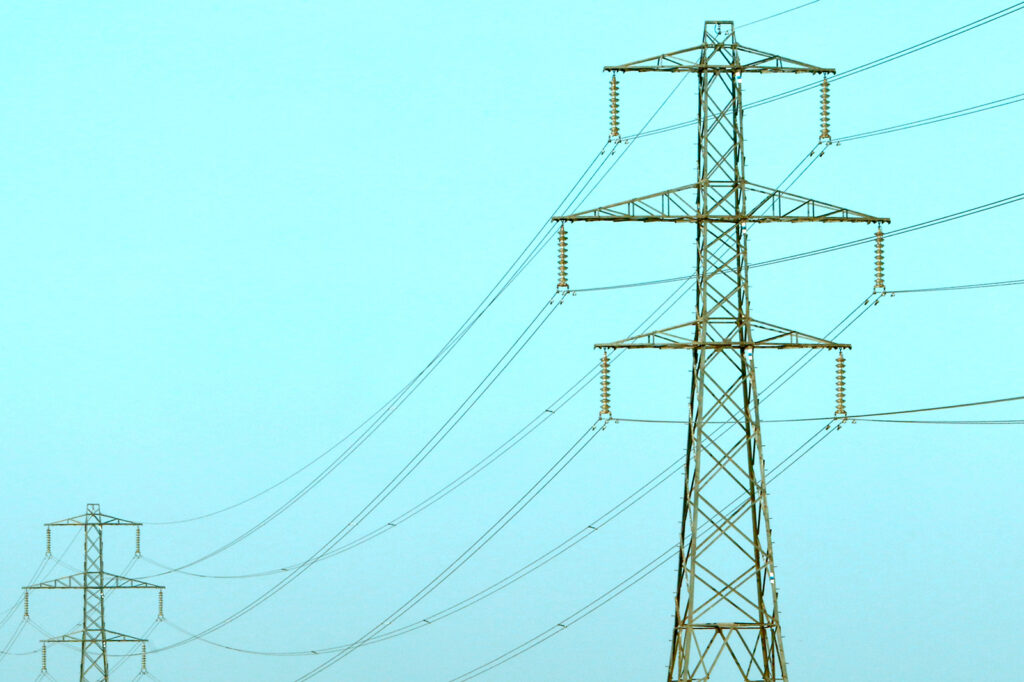Technology is a major driving force in gardening production in the centuries, bringing about improvements in land operations practices and increasing crop yields. It has as well resulted in a decrease in cuts and an increase in efficiency, which has positively impacted farmers and their communities.
Technological innovations contain helped to solve concerns in farming, from the progress fertilizers and pesticides to improved irrigation methods and transportation devices. New techniques have also resulted in the development of seed technology, biotechnology and genetic engineering.
Today’s global population is definitely estimated at 9. 7 billion persons and is likely to grow quickly, causing an emergency need for elevated meals production and sustainability. To meet this require, the world must find methods to produce more food employing less drinking water and means while minimizing pollution each and every stage belonging to the supply cycle.
Technologies will help improve farming production, lowering waste and ensuring that seeds reach customers as quickly and as fresh as it can be. Some of the most current advances in agriculture include:
Minichromosomes : A minichromosome is a small section of a cell that contains little or no genetic material nonetheless can hold information. By utilizing this kind of technology, agricultural geneticists can add dozens of new traits to a plant while not altering the first genes.
Plant imagery ~ This technology allows a farmer to watch a harvest from a web-based location, as if he or she had been standing there. This real-time, high resolution imagery can be utilized for preparing and monitoring.
Variable rate using chemicals and fertilizers – Variable rate application technology helps to maximize plant health and yields by quickly applying the right amount of agrochemicals with the correct time. In addition, it reduces the amount of water instructed to irrigate a crop, reducing the environmental result and making sure crops stay healthy.
Drones : The use of drones for surveying seeds is already widespread in agrumiculture, but this technology might be even more important as more farming equipment becomes wireless and connected to the Internet of Things. Internet site monitor vegetation in current, drones can fix everything from harvest spraying and planting to weather research and data logging.
Method control technology – This technology manipulates sunlight, humidity, temperature and other components that are essential to plant development. Modern field crop production uses this kind of technology to control irrigation systems that are linked with weather channels and shrub and soil sensors. It also uses line shut-off technology to stop indoor plants from developing if wetness levels are too low or perhaps too high, one common problem in rain-fed crop development.
Robotics : The use of software in agrochimie is an exilerating and developing area. At Harper Adams University, researchers will be experimenting with a robotic barley crop this does not require human treatment from seed to fruition.
The technology behind these types of robots is not ready for best time just yet, but they are poised to revolutionize how we town and the food we eat in the foreseeable future. The objective is to own robots that will pick many fruits and www.americanbusinesscouncil.net/virtual-data-room-as-the-best-business-assistant fruit and vegetables. This could save time and labor, while also eliminating waste materials.




